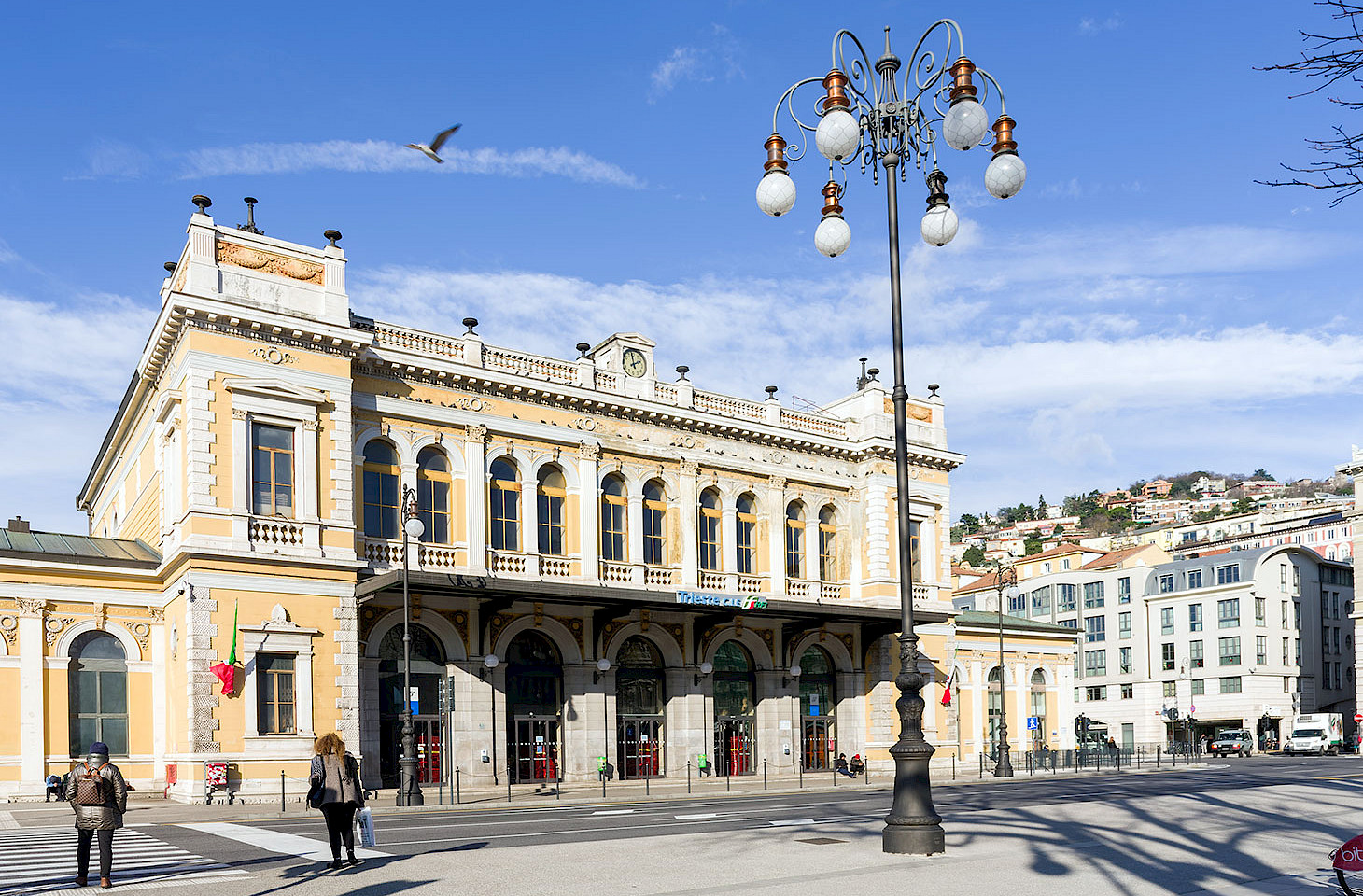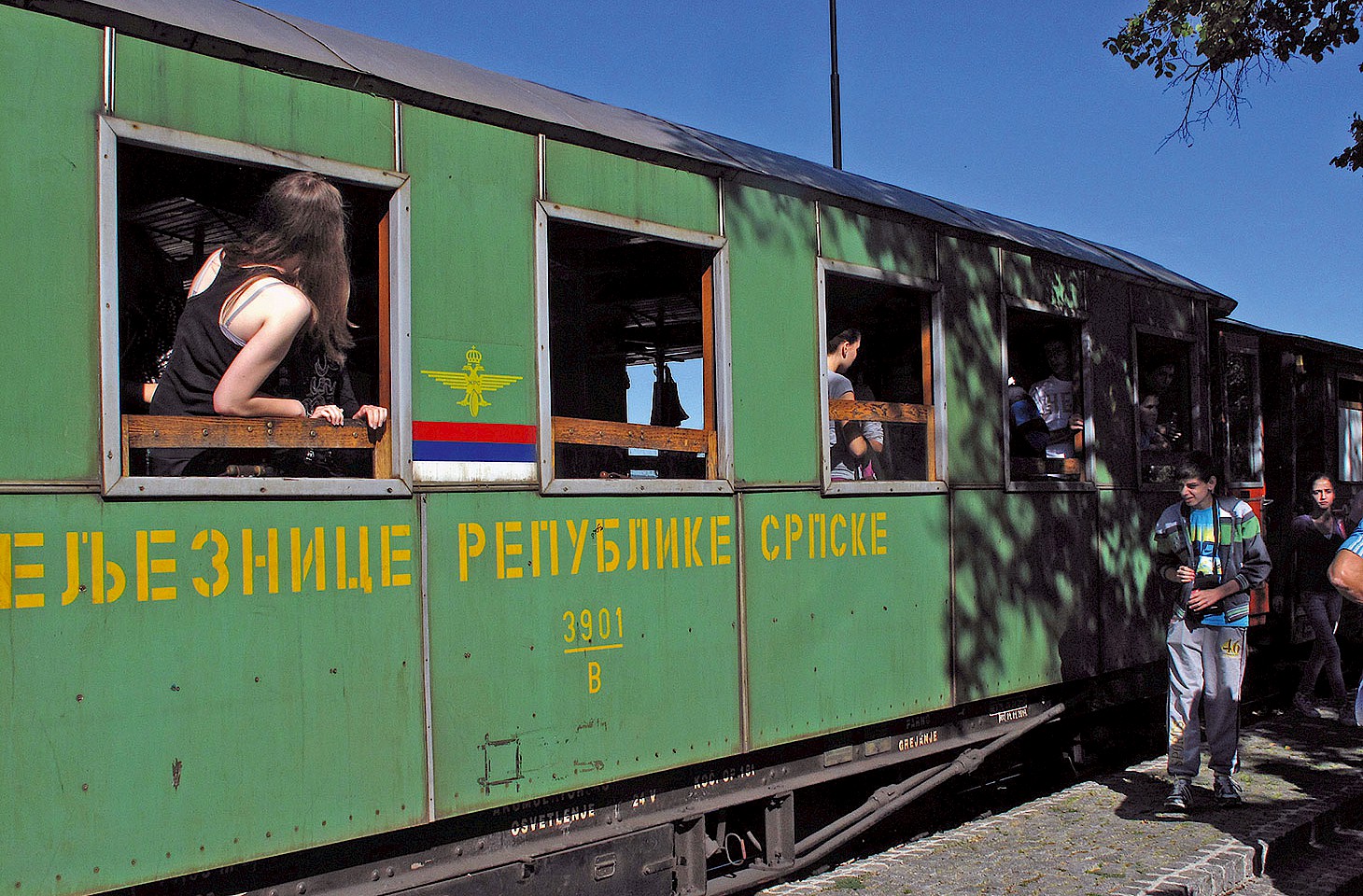Dear fellow travellers
The benefits of having open borders across most of Europe are beginning to influence the pattern of weekend excursions made by Europeans living or taking holidays in frontier areas. The burden of having to show a passport at a border was never an onerous one (assuming you had an EU passport of course), but it still presented a psychological barrier. Now cross-border excursions for shopping or sightseeing are becoming ever more common. And Europe's new-found enthusiasm for border hopping is mirrored in a growing range of cross-border transport links.
Earlier this month, a minor rail route across the Polish-Czech border reopened for weekend services, bringing passenger trains to a route that had been closed since the Second World War. Now you can hop on a train in Jelenia Góra in southwest Poland for a quiet trundle through wooded valleys to reach Trutnov in the Czech Republic. The journey takes two hours and is a small boost for communities on both sides of the border. Last year another nearby cross-border route was revived with direct trains linking Opole in Poland with Jeseník in the Czech Republic.
France and Germany have both long been part of the Schengen group of nations, but even here there is scope for reopening forgotten rail links across passport-free frontiers. Every Sunday, trains now run over the Rhine bridge linking Mulhouse (in France) with Müllheim in southwest Germany. And slightly further north, a twice daily service on Saturdays and Sundays now links Metz (in French Lorraine) and Trier (in Germany). This is a remarkably beautiful route, hugging the right bank of the Moselle downstream from Thionville for the entire run north to Trier. Along the way, the train pauses at Perl, a riverside village flanked by vineyards. Look over to the other bank of the river and you will see Schengen, the wee community that gave its name to the Schengen Agreement. It was this treaty, drawn up way back in 1985, that paved the way for trouble free border crossings across a large part of Europe.
Schengen is an unassuming spot that is actually in Luxembourg, but just a stone's throw away from the borders with both France and Germany. The village has a restrained monument that records the signing of the treaty that was to usher in l'Europe sans frontières. Predictably the main plaza is now called Place de l'Europe (Europe Square). And on the roads from Schengen that cross over into neighbouring Germany and France, the old customs checkpoints now stand abandoned.
We shall report from the Moselle Valley in the September issue of hidden europe magazine, but meanwhile why not take a look at the contents of our current issue. You'll find a feast of hidden Europe from Russia to Spain, rural France to Moldova. If you like our e-news, you might care to explore our archive of back issues of the newsletter. Over one hundred previous editions are accessible on our website.




